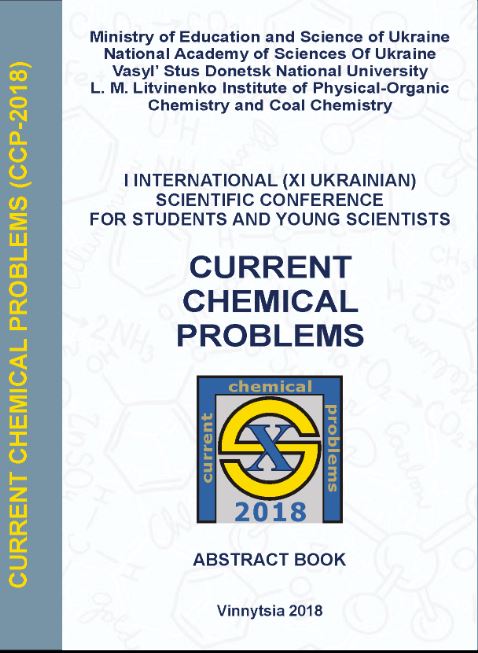Nanoporosity formation of brown coal adsorbents during heat-shock alkali activation.
Анотація
Alkaline activation is a well-known method for the porous structure development of adsorbents from any kind of carbonaceous solids: polymers, biomass, coke, pitch, graphene, different rank coals. A significant development of the specific surface area (S≥2000 m2 /g) is observed when using large alkali/coal ratios (R≥2 g/g) under ordinary activation conditions, comprising two stages: 1) thermoprogrammed heating (4–10 deg/min) to 800 °С and 2) isothermal exposure (≥1 h). Carrying out stage 1 as a heat shock (HS) - the rapid introducing of samples into a reactor zone pre-heated up to 800 °C makes it possible to develop a surface up to S = 1500–2000 m2 /g at low ratios R = 0.5–1.0 g/g.
The aim of this work is to study the nanoporous structure of brown coal adsorbents prepared by alkaline activation varying temperature of heat shock tHS.

